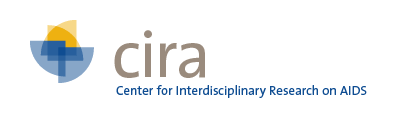| Abstract | There is little consensus about which of the many validated human immunodeficiency virus (HIV) stigma scales should be regularly used, with few being re-validated in different contexts or evaluated for how they compare to other, existing HIV stigma scales. The purpose of this exploratory study was to re-validate the Van Rie HIV/AIDS-Related Stigma Scale, originally validated in Thailand and using a third-person wording structure, for use with people living with HIV in the United States. Adult HIV clinic patients completed a survey including the Berger and Van Rie scales, and measures of social support and depression. Eighty-five of 211 (40%) eligible participants provided data for both stigma scales. Exploratory factor analyses identified three factors to the Van Rie scale: Loss of Social Relationships (new subscale), Managing HIV Concealment (new subscale), and Perceived Community Stigma (original subscale). These subscales were moderately inter-related (r = 0.51 to 0.58) with acceptable to excellent reliability (Cronbach's alpha = 0.69 to 0.90). The Van Rie subscales were also moderately inter-correlated with the Berger subscales (r = 0.44 to 0.76), had similar construct validity, and tended to have higher mean stigma scores when compared with Berger subscales that were conceptually most similar. The revised Van Rie HIV-related Stigma Scale demonstrates good validity and internal consistency, offering a valid measure of HIV stigma with a three-factor structure. The third-person wording may be particularly suitable for measuring stigmatizing attitudes during an individual's transition from at-risk and undergoing HIV testing to newly diagnosed, a time when experiences of discrimination and processing issues of disclosure have not yet occurred. The stigma mechanisms for individuals making this transition have not been well explored. These scenarios, combined with the observed non-response to the Berger Enacted Stigma subscale items (a surprise finding), highlight gaps in our understanding of HIV stigma and how best to measure it. |


